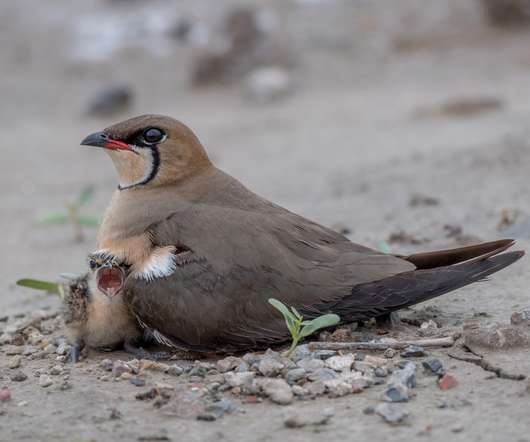Review: The Moral Lives of Animals by Dale Peterson
10,000 Birds
MAY 6, 2011
You’d think, then, that applying science to philosophy by studying the evolutionary underpinnings of thought and behavior across species would be right up my alley. That said, some of his conclusions about our duty to preserve other species are in line with my own, and maybe the topic could hardly be avoided in a book like this.












Let's personalize your content